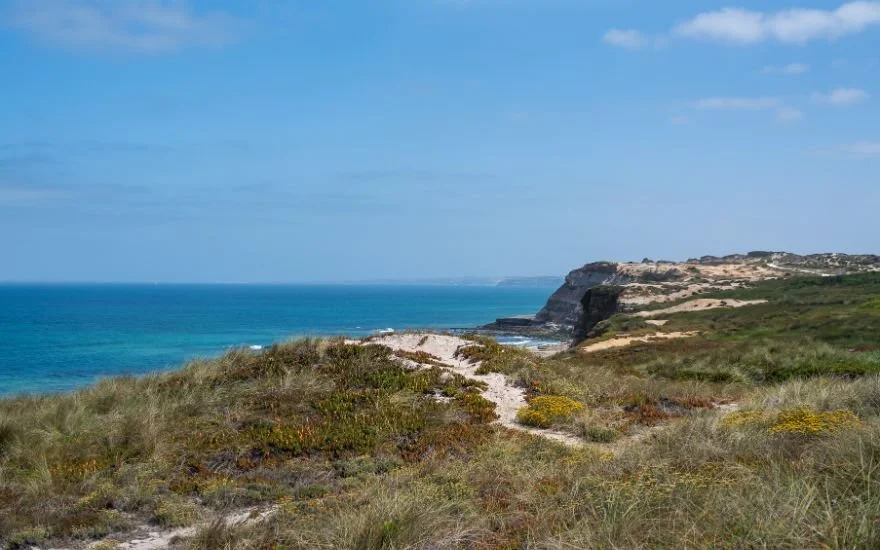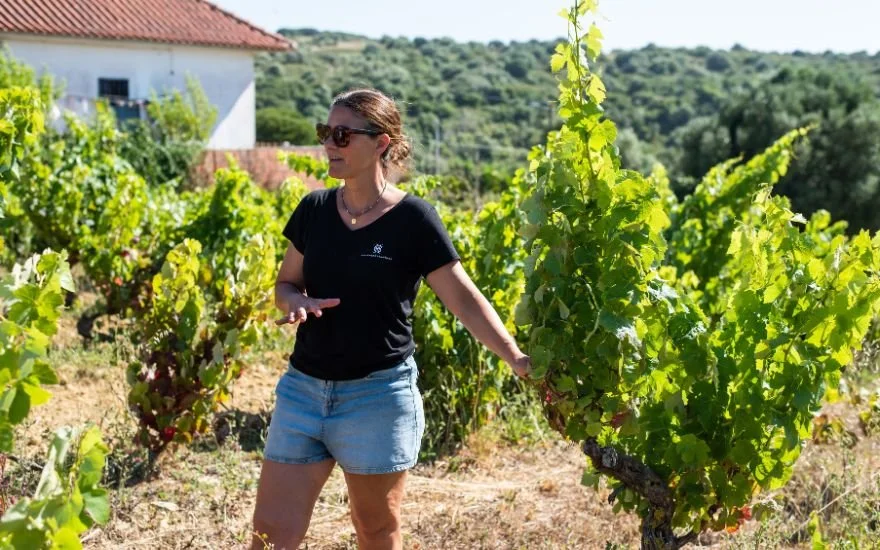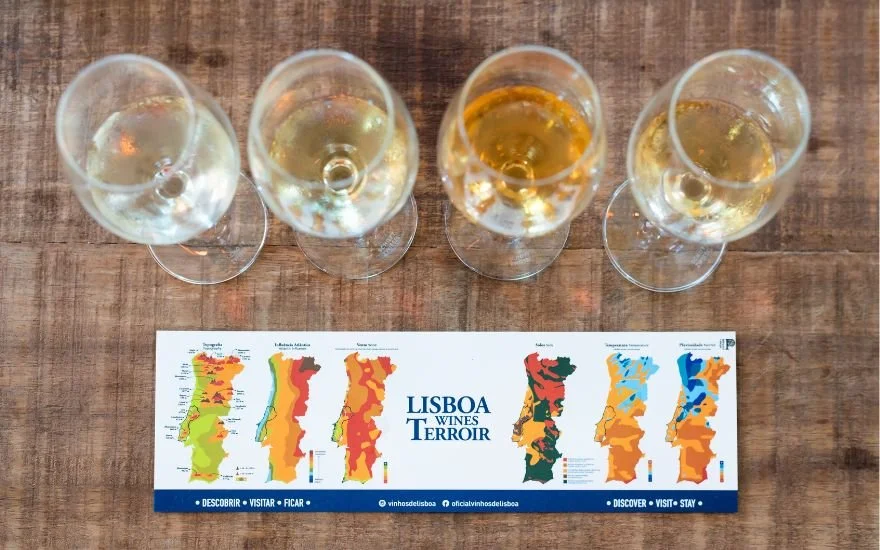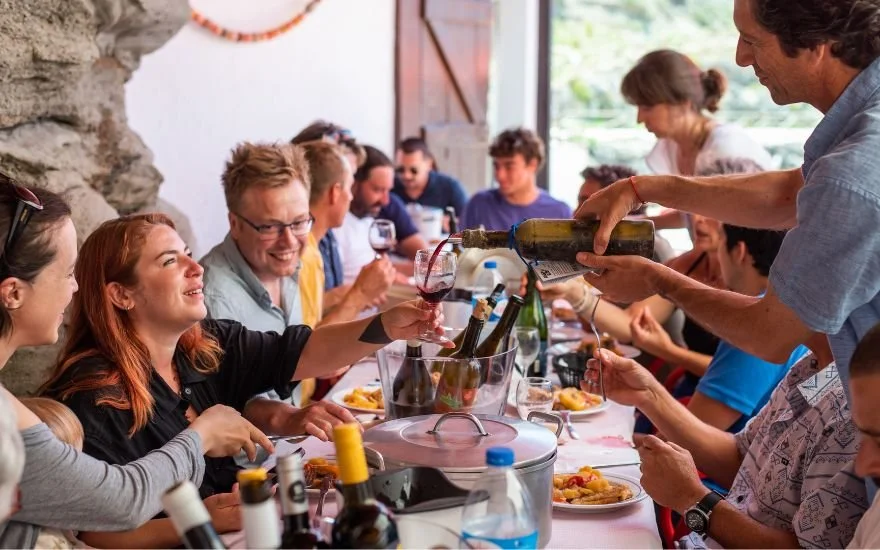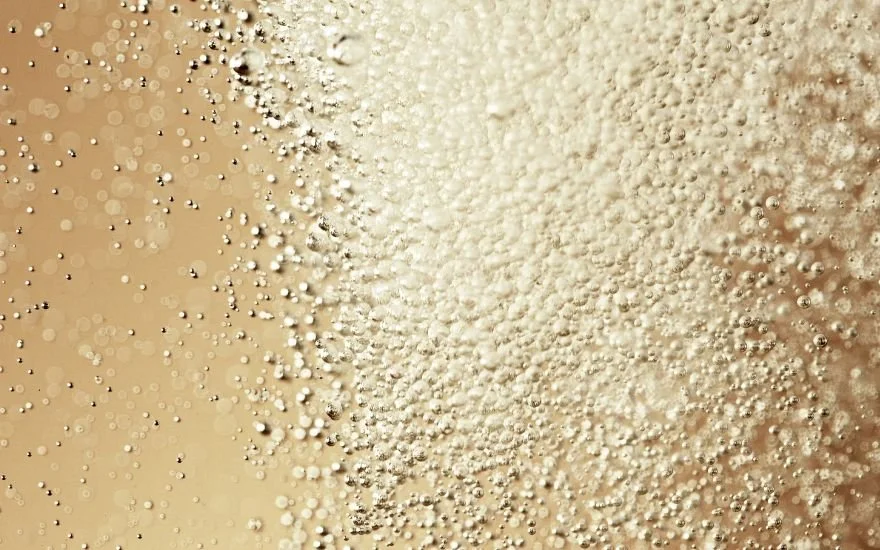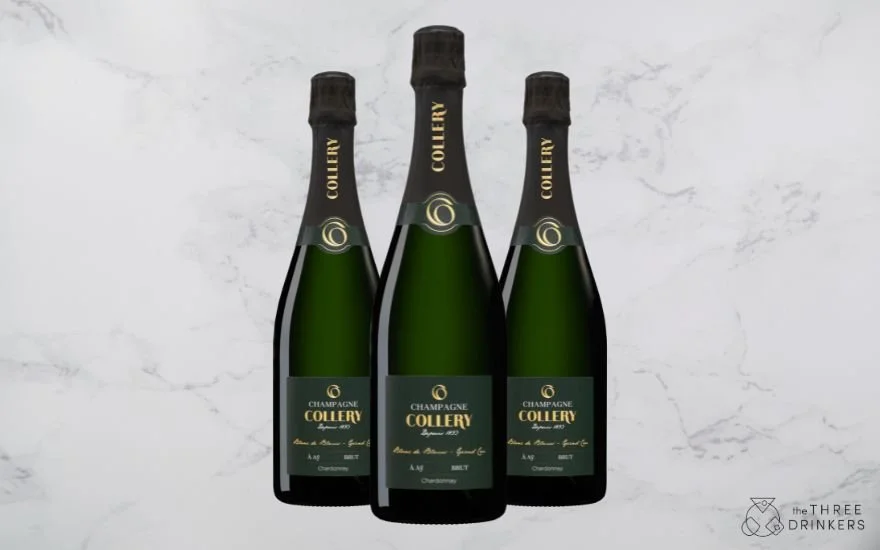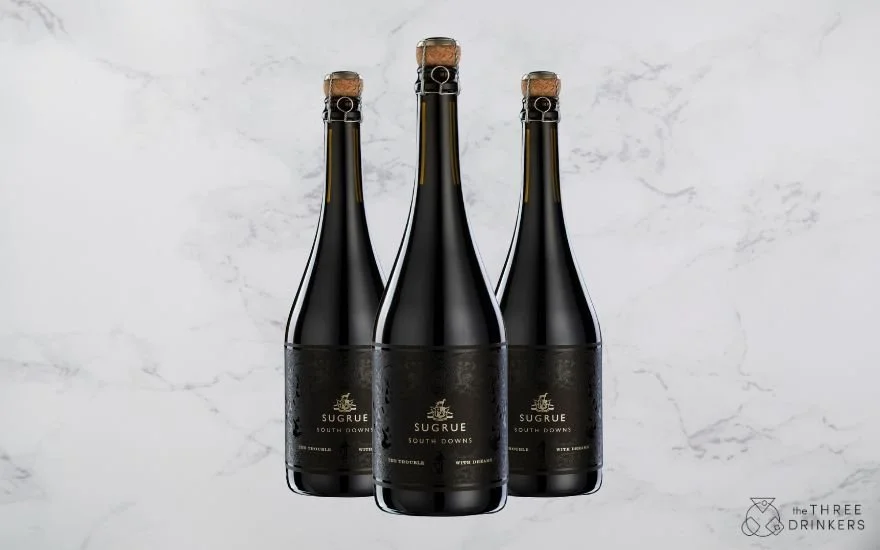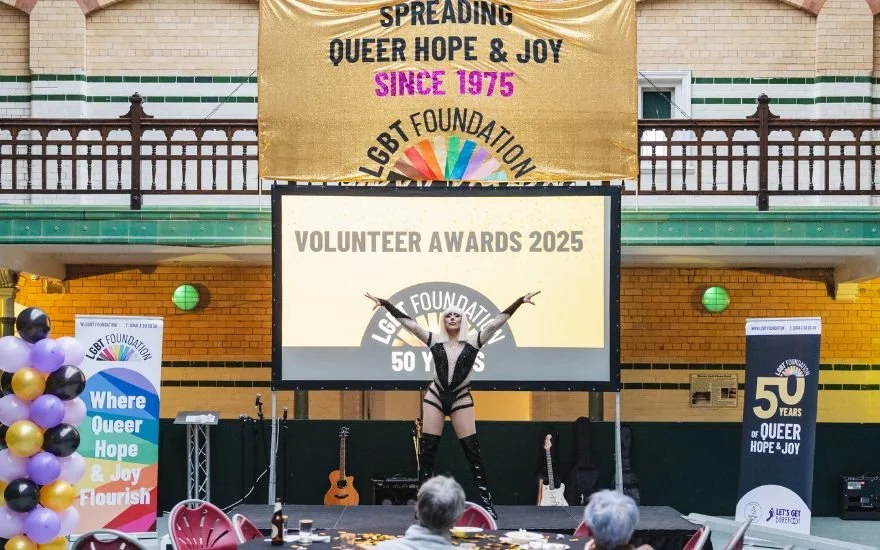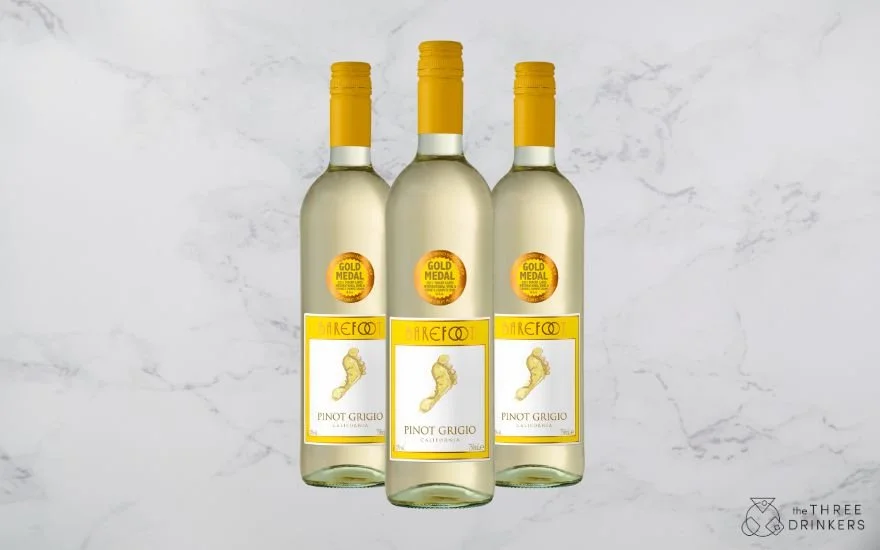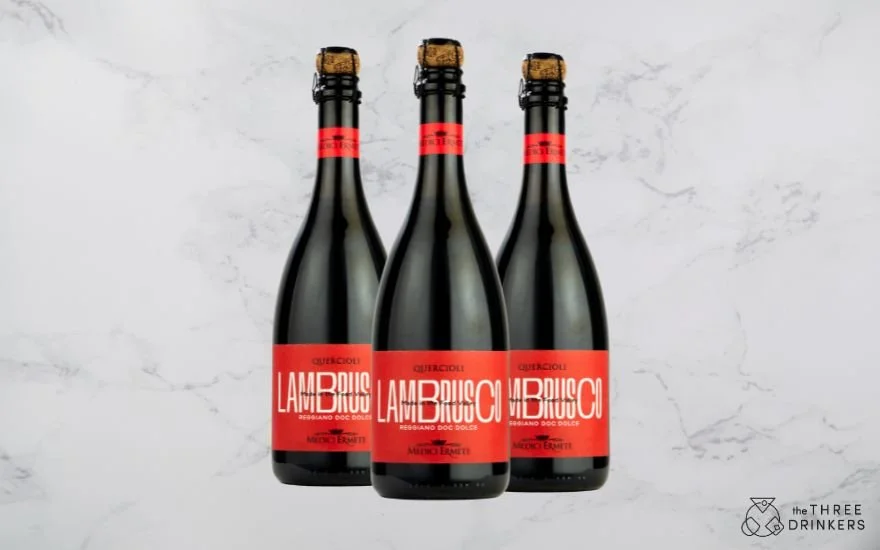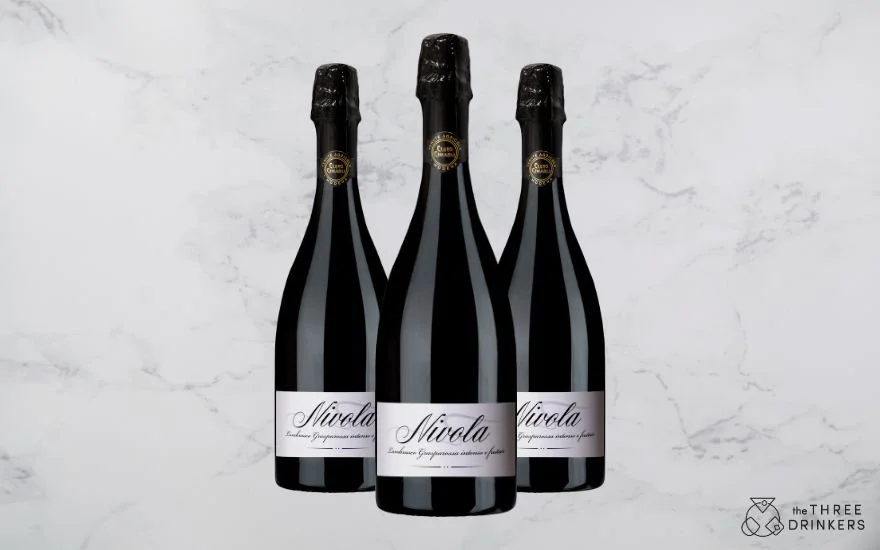Photo Credit: Kerry Murray
Salt. It’s in the air, on your lips, and is the essence of the country’s most exciting and underrated region. In Portugal's Lisbon region, the ocean's influence is everywhere. It’s in the wild, undulating landscape of the dramatic Atlantic coastline, and a defining characteristic that shapes everything, especially the wine.
Stretching 150km north of Lisbon along the Atlantic coast, the Lisboa wine region is a place of contrasts. It’s a place where sun-kissed vineyards meet dramatic, wave-battered shores. Here, the vineyards are never far from the ocean’s breath, a proximity that imparts a unique, energetic quality to the wines. This isn't just about the terroir; it's about the soul of the place – a complex mosaic of soils, centuries of tradition, and an effervescent people who seem to draw their energy from the same vibrant source as the vines.
Where the Ocean Meets the Vine
The ocean’s presence is undeniable, especially in the northernmost part of the Colares DOC. Just a stone's throw from the sea, where the land is buffeted by the Atlantic winds, you can taste the salt on your tongue as you wander through the vineyards. It's here that we find Haja Cortezia, a remarkable family project rooted in nurturing the land, local varieties, and the soulful connection to the sea. The vines, some of them gnarled and ancient, stand with minimal trellising, their tendrils reaching toward the sea.
Photo Credit: Kerry Murray
The salty wind brings wines with invigorating, thirst-quenching acidity that’s as fresh and crisp as the sea air itself. The Malvasia grape, flourishes in this coastal climate, producing a white wine that’s bright and aromatic with a distinct mineral character – perfect for pairing with grilled sea bream – bliss!
Luis and Teresa embrace their historic vineyard dating back to the pre-phylloxera era, focusing on ancestral production, promoting natural terroir and history. Book in for a tour with owners, Teresa & Lois, ramble through the vineyards, and finish off with a tasting in their homely winery.
The Everest of Surfing
The stretch of coastline isn't just a haven for vines; it's a mecca for thrill-seekers. The dramatic beaches are known for their gigantic waves, none more so than Praia do Norte near Nazaré. Here, surfers brave what's often called the "Everest of Surfing." The waves are the biggest on the planet, a phenomenon caused by a unique, colossal underwater canyon that acts like a funnel, concentrating the ocean’s energy into spectacular, record-breaking swells.
The Portuguese writer and philosopher Fernando Pessoa captured this duality beautifully in his poem "Portuguese Sea": “God placed danger and the abyss in the sea, but he also made it heaven’s mirror.” It's a sentiment that perfectly captures this region – a place where the sea can be both a perilous force of nature and a source of breathtaking beauty and life.
Photo Credit: Kerry Murray
The same duality is perfectly captured in the local variety Ramisco. Portugal's answer to Nebbiolo, this is a red grape that survived the scourge of phylloxera, planted today on less than 20 hectares, mostly in the Colares region. It's a tannic, structured red with an ethereal nose and palate.
To truly understand it, hunt down a bottle of Quinta do Pinto 2017 Ramisco. This is a wine aged for seven years in a combination of oak and bottle before release. The tannins are smooth, the minerality is energetic, and the wild berry notes of crunchy cranberry, pomegranate, and black cherry carry through to an earthy, moreish character you simply can't put down. It's the taste of this unique terroir – a bottle that is both rugged and elegant, just like the coast it comes from.
A Tale of Forbidden Love
Beyond the wild coastline and thriving vineyards, the Lisboa region is a land of deep history and dramatic architecture. A must-visit is the UNESCO World Heritage site, Mosteiro de Alcobaça, one of Portugal’s first and finest examples of Gothic architecture. The Cistercian monks who founded the monastery were, in their wisdom, also master viticulturists, planting vineyards at the same time the church was being erected in the 12th century.
Inside, the light-filled nave, shaped like a Latin cross, is a sight to behold. But the real heart of the monastery lies in the two magnificent, intricately detailed tombs that lie facing each other on either side of the patibulum. These are the tombs of Infante Pedro and his forbidden love, Inês de Castro. Their story is a tragic one: Pedro's father, King Afonso IV, opposed the match and, in a fit of rage, ordered Inês's murder. The beautiful limestone carvings on their tombs immortalize their love story, depicting scenes from their lives and an intricate "Wheel of Life," forever uniting them in death.
From the salt on your lips to the stories in the stones, the Lisboa region is a place of profound flavour and endless fascination, a true feast for the senses.
Pair this historic monastery with the multi-vintage blend Malvasia Barra from a fourth-generation-run winery, Ramilo. By blending wines from 2016 to 2020, aging some in barrel under flor, the result is a wine that is both complex and completely unique to the region. A striking wine bringing a reductive nutty, malty, caramel character intertwined with orange peel and dried fruit – incredible winemaking.
A Taste of Lisboa
The Portuguese have truly mastered the art of coastal living, a rhythm of chasing waves and sharing in generous ocean feasts and flowing wine. To eat here is to participate in this beautiful ritual.
Photo Credit: Kerry Murray
Slip into the lively Tasca da Ti' Augusta, a place Anthony Bourdain would have undoubtedly loved. It's a gem of pure, unpretentious joy where the food feels like a love letter from a Portuguese grandmother. The star of the show is the Caldeirada, a hearty fish stew that’s a true institution – a soulful, generous dish that tells a story of the sea in every mouthful.
Further north, just a stone's throw from the monastery in Alcobaça, lies O Cabeço. This restaurant is a temple to traditional cuisine, where rustic charm meets serious flavour. Both spots offer a genuine window into the real Portugal, a place where food is a celebration of history, community, and the simple, profound pleasure of sharing a meal.
What better way to pair fish than with a wine that has been aged for eight months in the Atlantic? Quinta Da Casaboa’s Anfibio is a blend of Touriga Nacional, Tinta Roriz, and Alicante Bouschet and aged at a depth of 10 metres.
The consistent temperature, protection from light, and gentle movement of the sea make for an incredible wine, fuelled by the energy of the ocean and brimming with notes of ripe red and black plum, damsons, stewed raspberries, and a touch of blood orange and spice. Just be sure to save the bottle, still covered in its aquatic growth, for the mantlepiece.
Embrace Nature with a Stay at Areis Do Seixo
Photo Credit: Kerry Murray
Beyond the romance and wild surf, the region offers a different kind of sanctuary. Tucked into the cliffs just an hour north of the capital lies Areias do Seixo, a place that redefines luxury. This isn't about gilded taps and starched linens; it's about a deep, soulful connection to the land. The architecture, with weathered concrete and reclaimed timber, blends seamlessly with the surroundings. Inside, each room is filled with suspended fireplaces, sheepskin throws, and driftwood furniture that whispers stories of the sea.
Here, you’re encouraged to slow down – to meander through their organic garden, where the herbs and vegetables for the most scrumptious dinners are grown, stroll down the rambling paths to the sea, or simply sit by the bonfire under a sky thick with stars. It's a place where the wild, untamed beauty of the Lisboa coast is not just a view from a window but an integral part of the experience.

